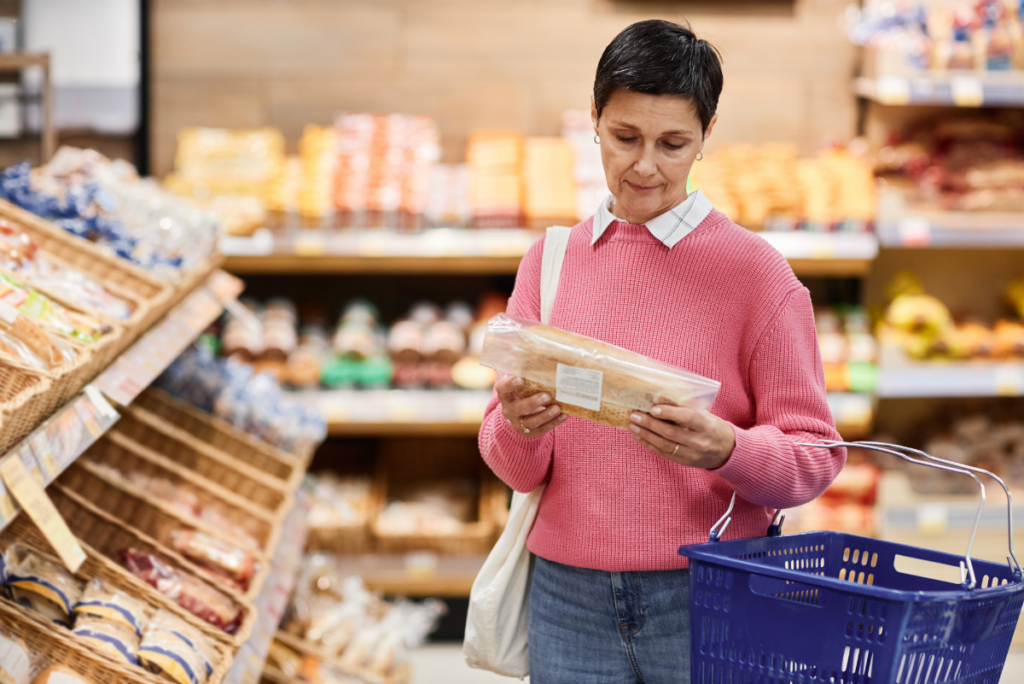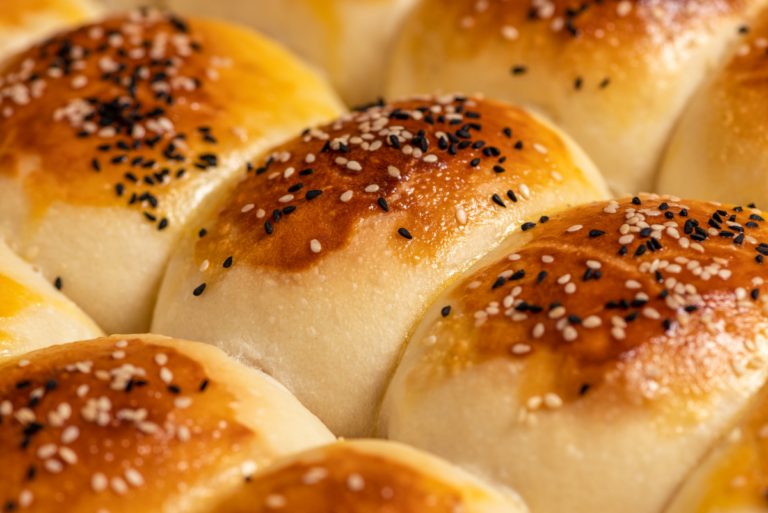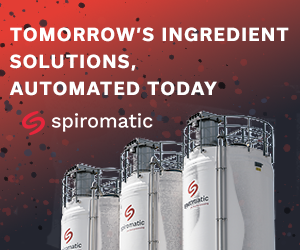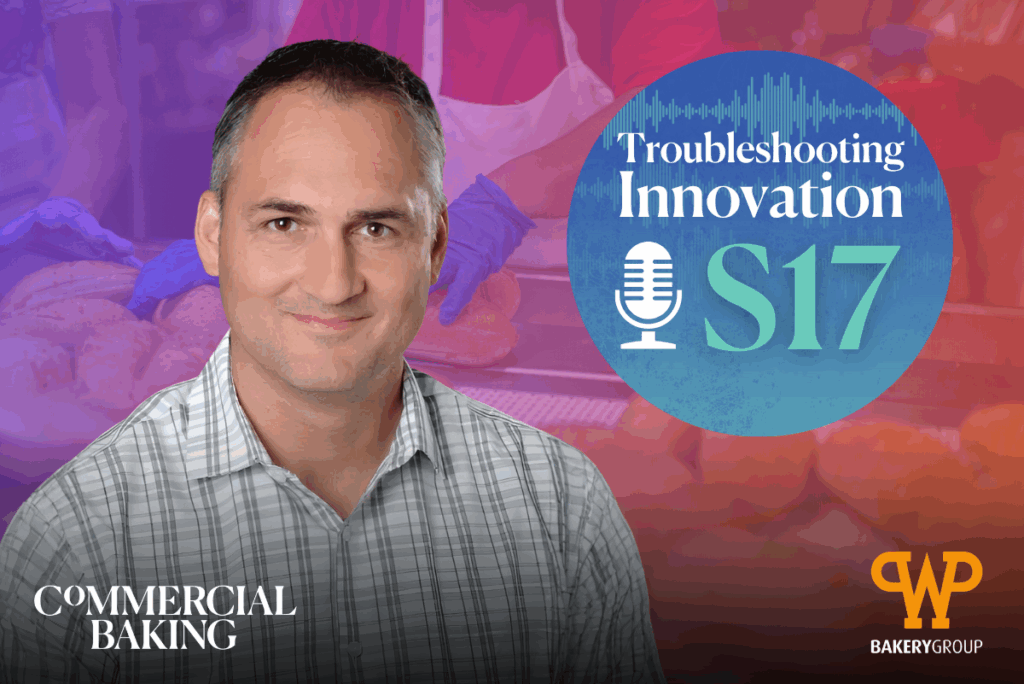KANSAS CITY, MO — The term “ultra-processed foods” (UPFs) is getting a lot of attention in the press lately. While nutritionists point to research studies that link consumption of UPFs to serious health risks, food manufacturers contend that processing improves food safety and offers a convenient — and less expensive — way to feed people worldwide.
Adding to the confusion is a shift away from the decades-old science-based US dietary guidelines, which promote the benefits of nutrient-dense foods and healthy eating to reduce the risk of disease, toward the four-tiered NOVA Food Classification System, which categorizes foods using only processing and formulation criteria.
“NOVA doesn’t distinguish between nutritious and non-nutritious foods,” said Matt Teegarden, PhD, a food scientist, chemist and manager of regulatory affairs, nutrition for Abbott Nutrition. “Foods can exist across multiple NOVA categories.”
Teegarden and Susanne Gjedstead Bügel, PhD, a nutrition scientist, researcher, professor and head of the nutrition and health section the Department of Nutrition, Exercise and Sports at the University of Copenhagen, shared their insights during “Navigating the Science of Ultra-Processed Foods,” a webinar hosted by the Institute of Food Technologists (IFT).
The NOVA system organizes foods as follows:
– Category 1 | Unprocessed and minimally processed
– Category 2 | Processed culinary ingredients
– Category 3 | Processed
– Category 4 | Ultra-processed
Under NOVA, mass-produced packaged white, whole wheat, and whole grain bread and buns are classified as Category 4 ultra-processed foods, while whole wheat bread from a local artisan bakery and cake made from scratch at home are classified as Category 3 processed foods.
“These foods might be ultra-processed according to NOVA, but some of them also have a lot of good nutritional value that we should recommend people to eat,” Bügel said. “Maybe it’s not all foods that are classified as UPFs, but only a few, and that is what we need to take a closer look at. We need to distinguish between what is healthy and what is not healthy.”
Bügel is currently leading a two-year international initiative aimed at revising the NOVA system to include a category that combines processing, formulation and nutrition into account.










